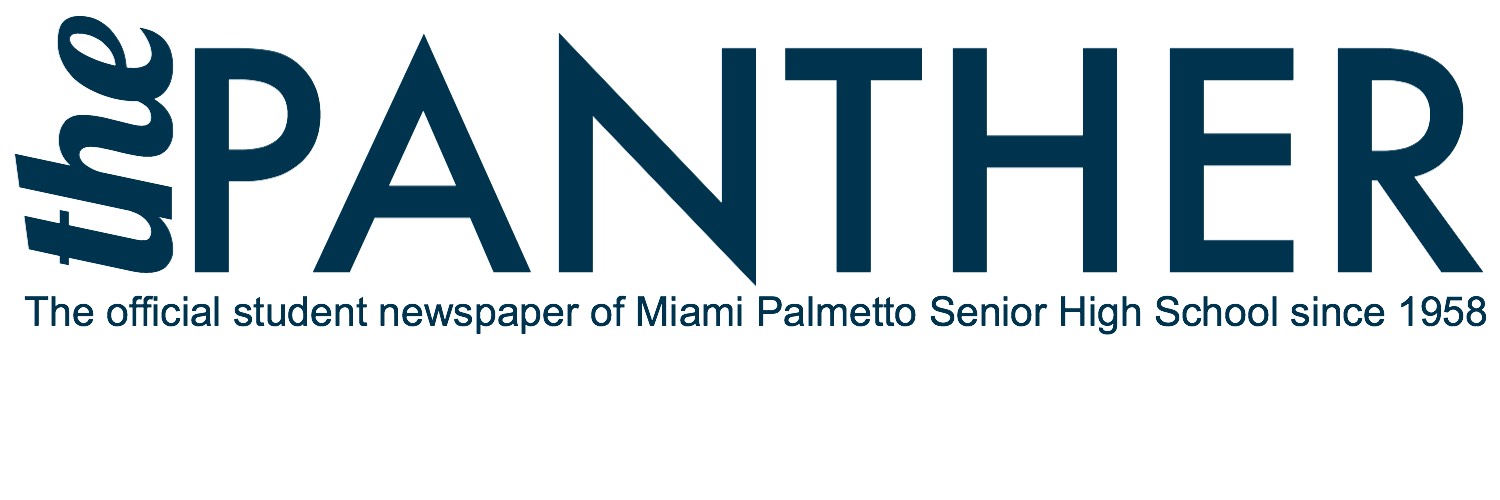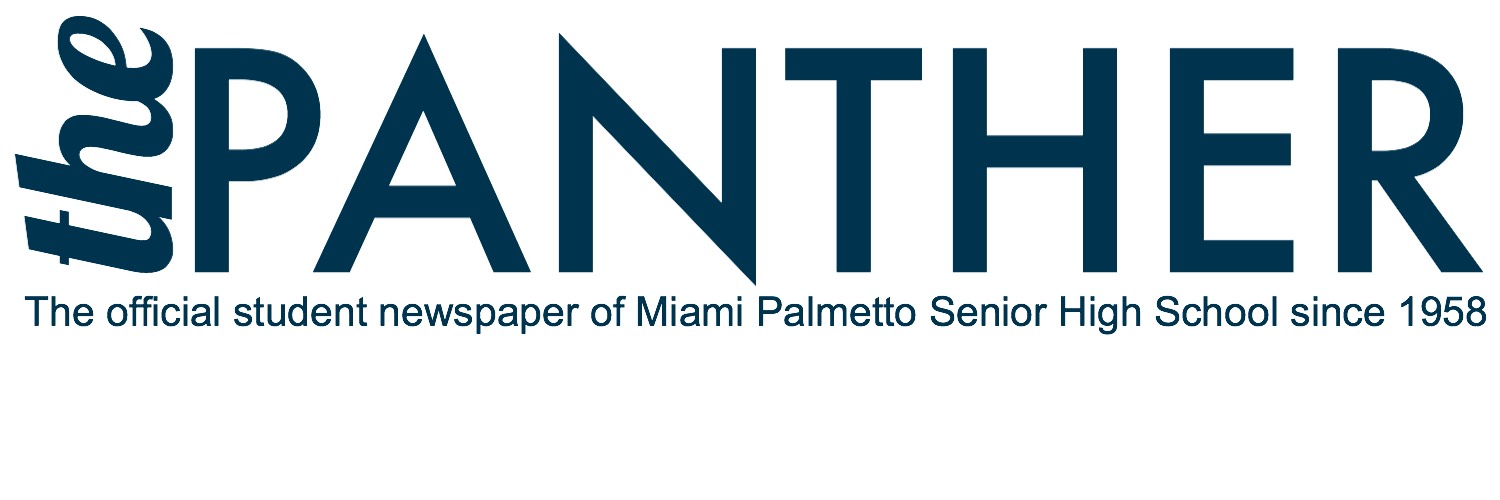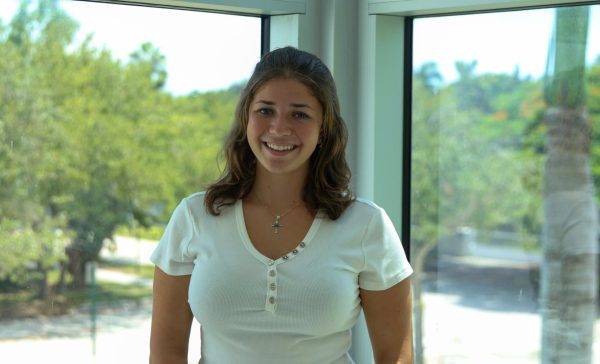Yes: Samantha Panagakos
In today’s world, technology plays a huge role in the classroom. Originally viewed as a negative tool, technology has now become a crucial resource in modern education.
Many teenagers have become so accustomed to doing their assignments online that they now become distracted in a traditional classroom setting. One way educators have adapted to this new age is through the flipped classroom, which serves as an innovative way to engage students. This creative method plays the role of both the student and the teacher by shifting the delivery of content outside of the classroom and using class time for deeper, hands-on learning.
Through videos or readings, students can learn the class material at home. Then, teachers utilize the class time for discussion and in-person learning. This can allow students to learn at their own pace, which turns the classroom into a space for exploration and critical thinking.
This teaching model can be very beneficial for learners who need extra time learning material because they can pause videos and rewatch them as many times as needed or take their time reading the assigned material. In traditional classrooms, it can be difficult for teachers to meet the needs of different students during a single class period. This flexibility is much harder to achieve in a lecture-based classroom where the pace is set by the teacher, emphasizing how flipped classrooms are beneficial in several aspects.
Flipping classrooms can create so much confidence in students by making it an inclusive space for different learners. As a junior in high school, I have taken various classes and have experienced so many ways of learning. I believe that if flipped classrooms were used in my school, they would have a very successful turnout due to the diverse students we have.
Even if some students work at the pace of the traditional lessons or even faster, they will still benefit from this new way of learning. Flipped classrooms demonstrate how technology can improve education by encouraging independence and success for all learners.
No: Mariebella Exposito
Flipped classrooms, once promised as the next big innovation, may not be as beneficial as they seem. Instead of having a typical lecture and assigned homework, the flipped classroom promotes the opposite. This flipped method introduces a whole different learning system, one filled with multiple issues. The argument arises over whether this system gives students more control over their learning or actually holds them back.
In reality, the flipped classroom does more harm than good. Rather than promoting control, it creates a burden. Flipped classrooms force students to teach themselves, creating learning barriers that ultimately take away from the teacher’s role, especially when they are needed most. Instead of having an active learning session with hands-on experience, students are limited. For many, this flipped structure feels less like progress and more like another task filled with stress.
At Miami Palmetto Senior High, students in classes such as AP Macroeconomics and AP Calculus have experienced this system firsthand. With a class concept so complex, students are introduced to new topics at home, instead of having them explained step by step in the classroom. If a student does not understand something at home, they miss the chance to ask questions right away. By the time they are in class, they may already feel behind and confused.
This system also raises the question of whether the flipped model truly promotes deeper understanding or simply creates more obstacles. Without a teacher introducing the topic and walking students through it, the chances of confusion grow. Some students learn better through in-person instruction or with help from someone else. When that support is missing, the learning experience is affected. By the time class begins, students are expected to have a basic understanding of the material. If they do not, they are likely to feel even more behind.
At MPSH, students deserve a teaching system that offers clarity and support in the classroom. Without it, classes risk unraveling, leaving behind confusion and stress. Instead of providing guidance, the flipped classroom model leaves students on their own, while a traditional system fosters a structured curriculum. The result is a less successful system that feels more isolating.





